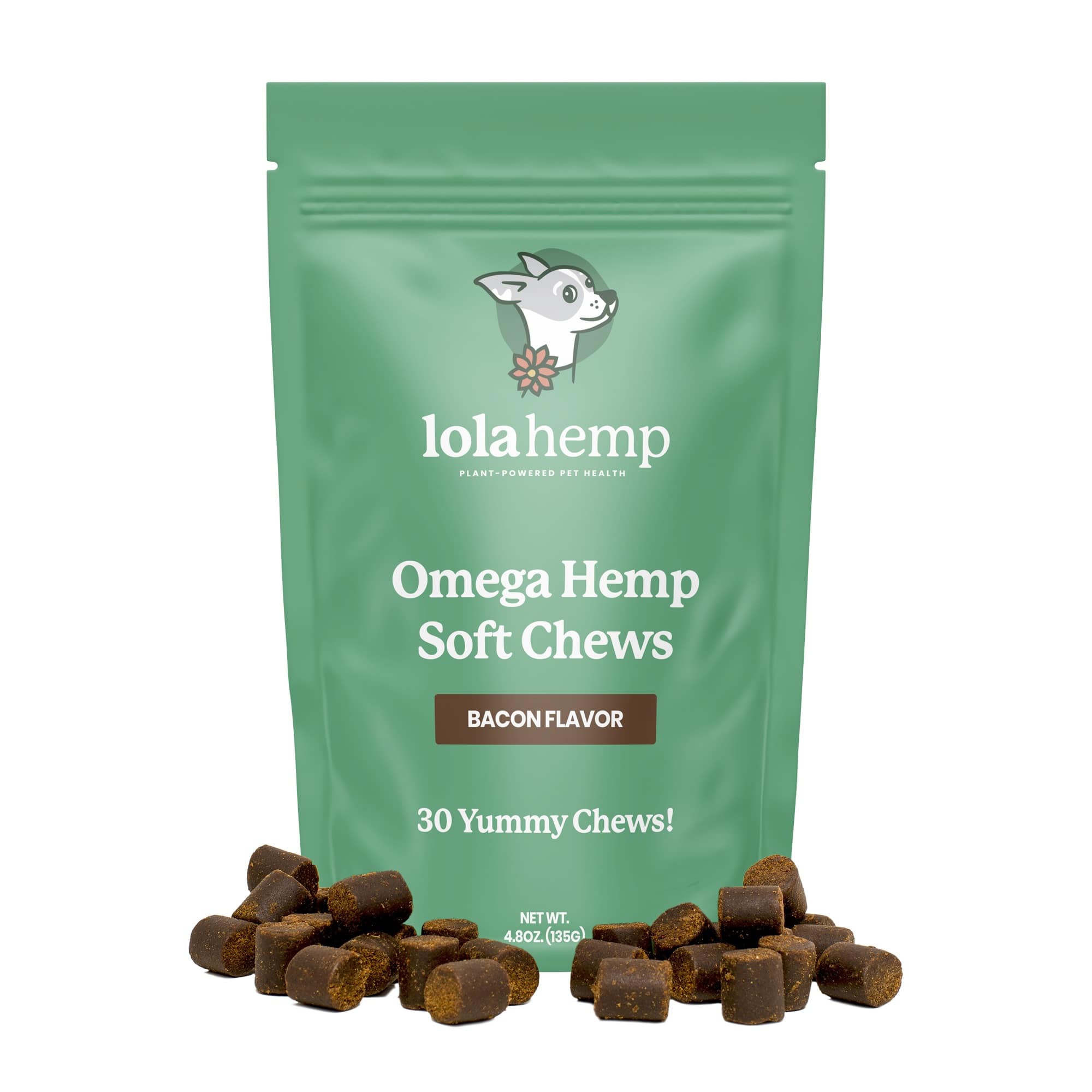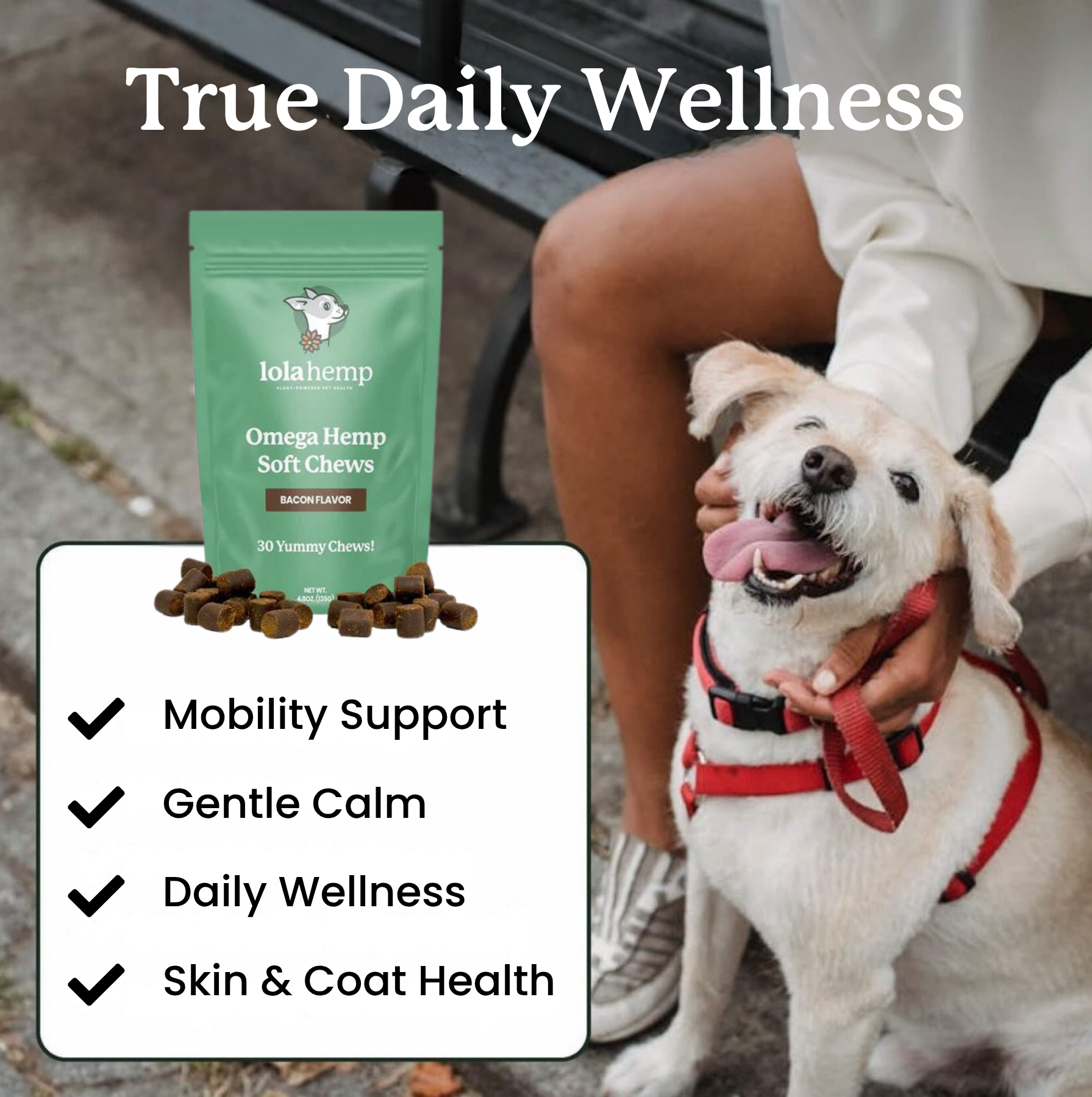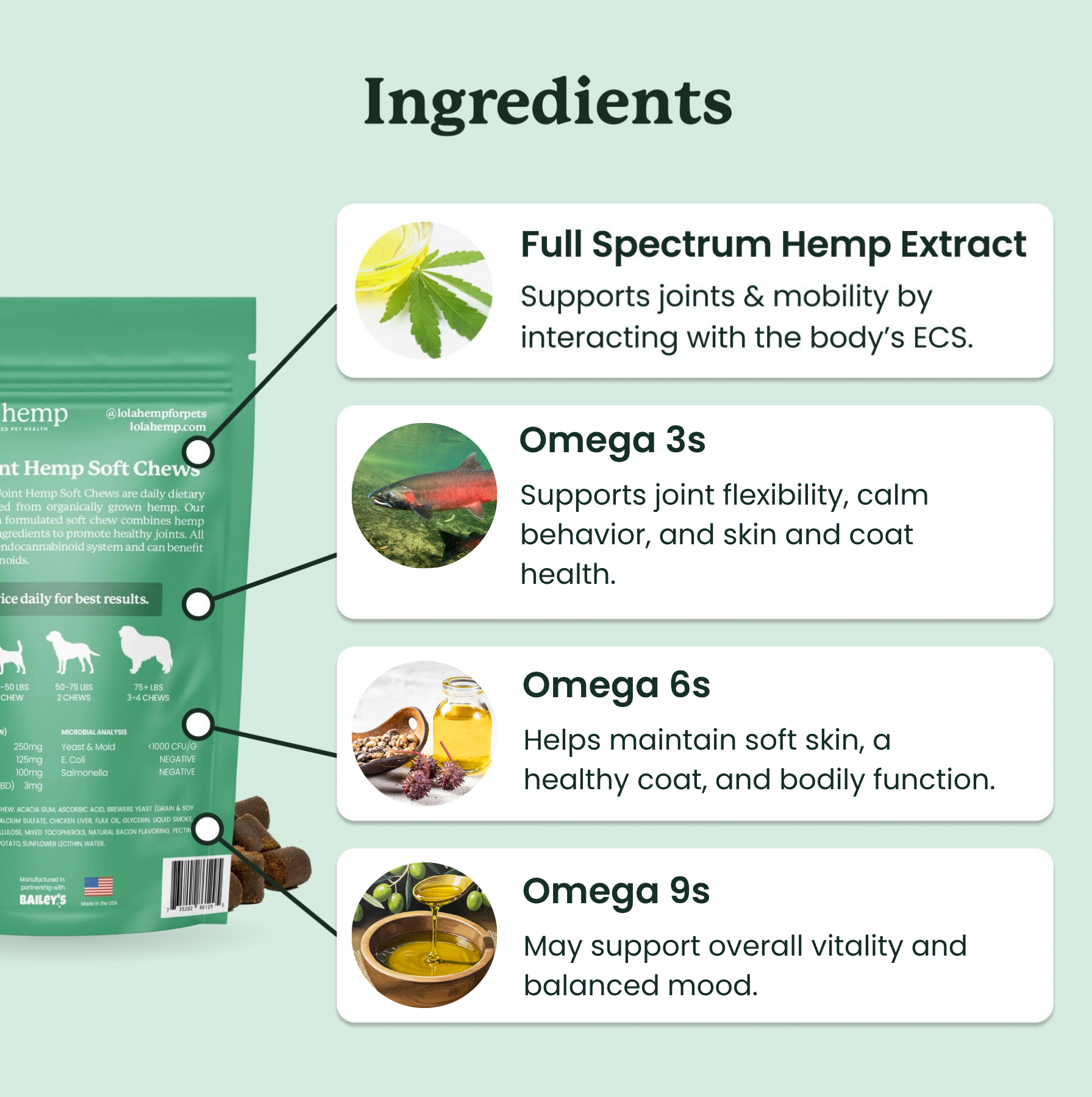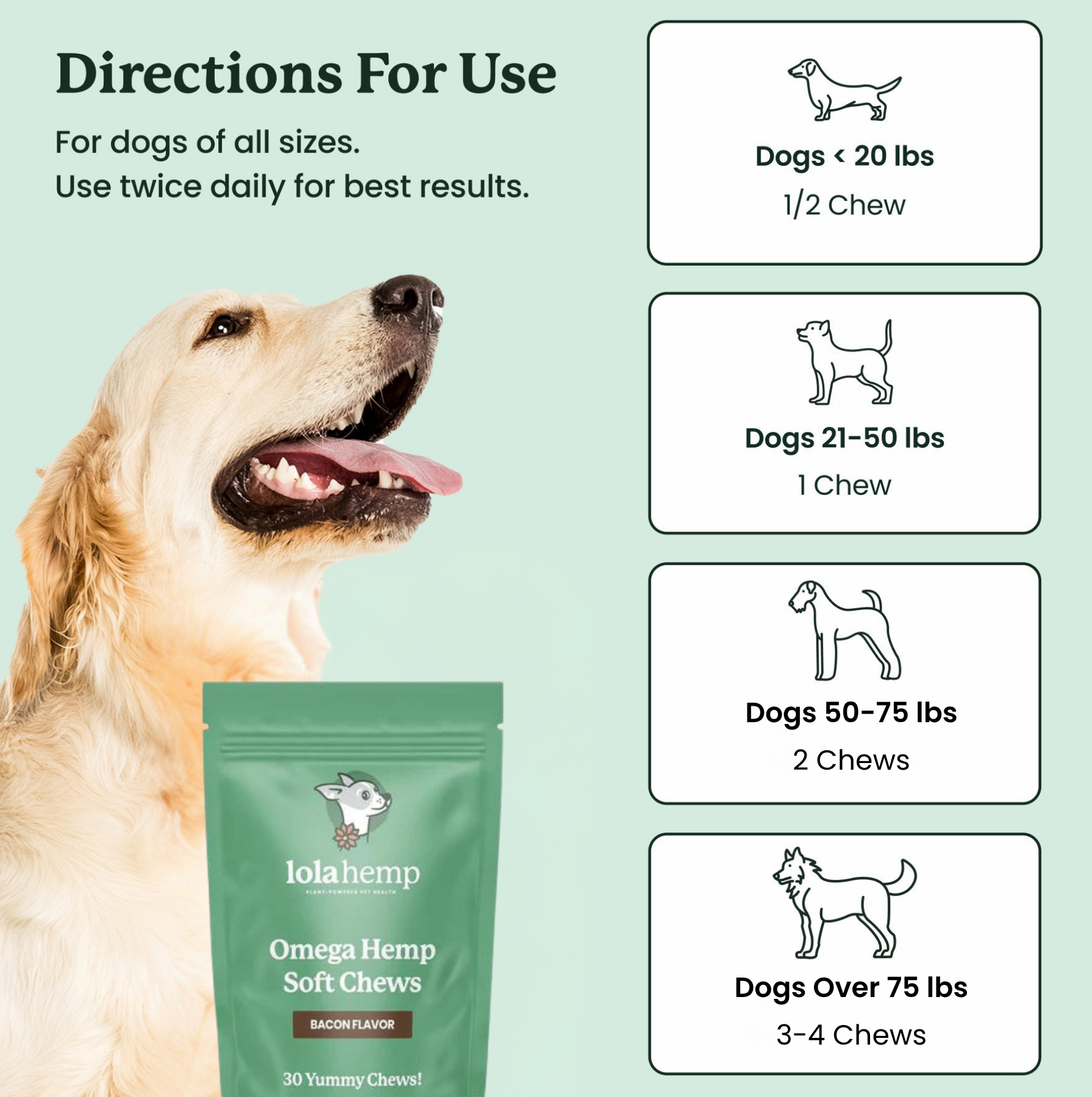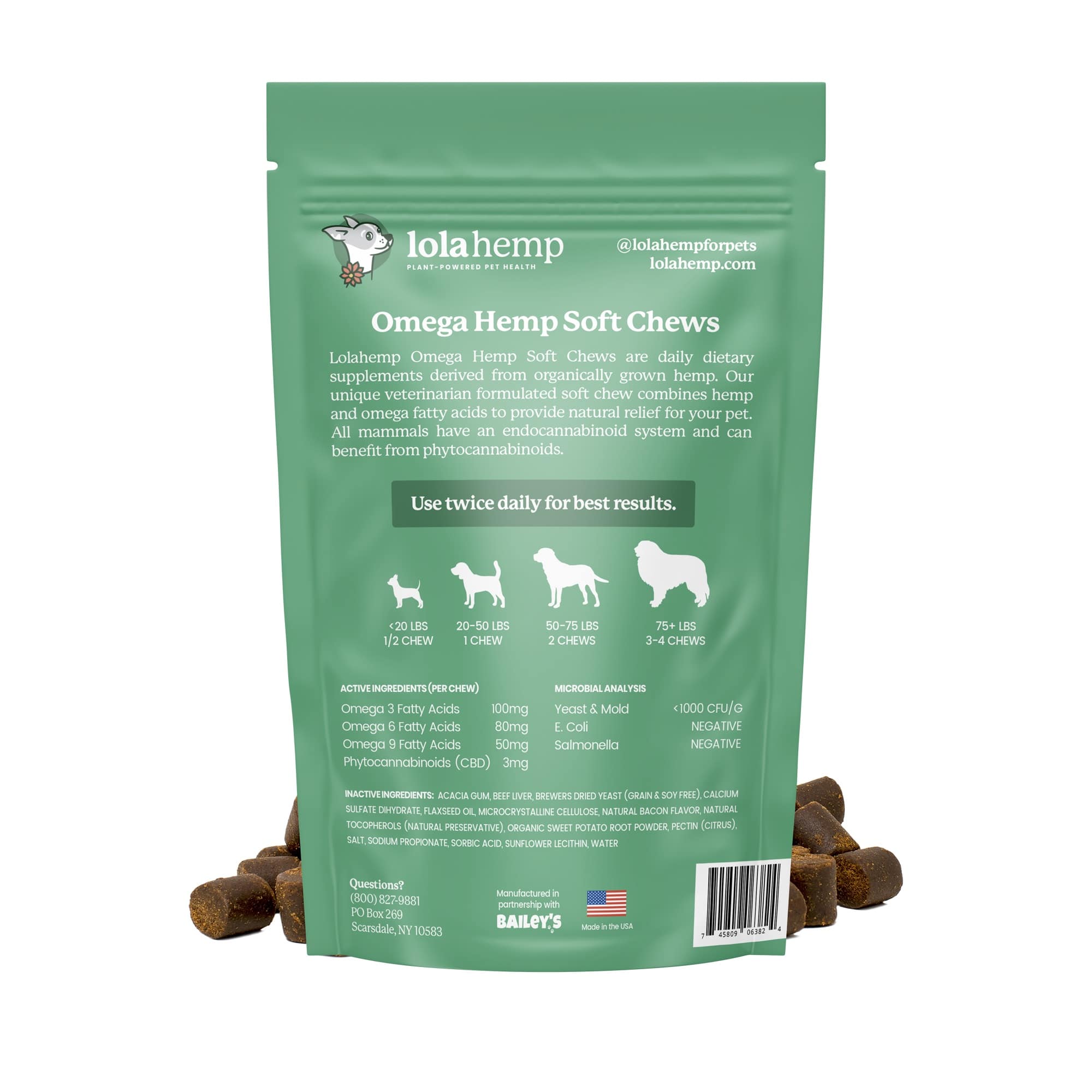As a pet owner, your dog’s happiness often hinges on the simple joys in life like playing, eating, and snuggling close. But what happens when something as basic as chewing becomes painful? Dental pain in dogs is more common than many realize, and it can significantly affect your dog’s quality of life.
In this guide, we’ll explore the common causes of tooth pain in dogs, how to spot the signs that your furry friend is suffering, and what you can do to help alleviate their discomfort. Let’s get started.
- Do Home Remedies for Dental Pain in Dogs Work?
- Treatments Options For Dental Pain
- What Causes Dental Pain in Dogs?
- How Do You Know Your Dog Is in Dental Pain?
- The Role of Diet in Managing Dental Pain
- Preventing Future Oral Pain: Tips for Long-Term Dental Care
- Pet Owners Frequently Ask:
- Final Thoughts
- Frequently Asked Questions About Dog Dental Pain
Do Home Remedies for Dental Pain in Dogs Work?
When your dog is experiencing tooth pain, it’s natural to want to help them feel better with safe, at-home remedies. Some pet owners turn to natural options like coconut oil, turmeric, or cinnamon to soothe their dog’s discomfort. These remedies can provide mild relief and are generally safe when used correctly.
Coconut oil has antibacterial properties that can help with minor gum irritation, cinnamon has anti-bacterial properties that prevent tooth decay and turmeric is known for its anti-inflammatory effects.
In this case, while natural remedies can offer temporary relief, they aren’t a substitute for professional care. The pros of natural remedies include their accessibility and fewer side effects, but they often fall short of addressing the root cause of the pain, especially in cases of severe dental disease. If your dog’s discomfort persists or worsens, it’s essential to consult your veterinarian for a comprehensive treatment plan to tackle the underlying issue.
Treatments Options For Dental Pain
When it comes to your dog’s dental health, there are times when home care isn’t enough, and professional help is necessary. Here’s what to expect and when to seek veterinary medicine and care.
1. Veterinary Dental Cleanings (COHAT) and Tooth Extractions
If your dog’s oral pain is due to severe tartar buildup, or dental disease, a professional cleaning might be the best course of action.
Comprehensive Oral Health Assessment and Treatment (COHAT) is a full dental procedure performed under anesthesia. It involves a thorough examination, dental X-rays, and cleaning below the gum line where most problems begin. If a tooth is beyond saving, extraction might be necessary to relieve pain and prevent further complications.
2. Non-steroidal anti-inflammatory Drugs (NSAIDs) Pain Medications
Veterinarians often prescribe NSAIDs to help manage pain and inflammation in dogs suffering from dental issues.
Some of them include:
- Grapiprant
- Deracoxib
- Firocoxib
- Meloxicam
- Carprofen is
These are pain medications that can offer effective treatment, allowing your dog to eat, play, and interact without pain. However, NSAIDs must be used under veterinary guidance, as improper use can lead to serious side effects.
3. Prescribed Antibiotics
In cases where an infection is present, antibiotics may be prescribed to combat bacteria and prevent further spread. Infections in the mouth can quickly lead to more severe health problems if left untreated, so it’s crucial to follow your vet’s instructions and complete the entire course of antibiotics.
Topical antibiotics such as Neosporin should not be applied to a dog's teeth or gums, as it can be dangerous if consumed. Whenever using antibiotic ointments for dogs, ensure that they do not lick the wound or consume any Neosporin after application.
4. CBD for Pain Relief
CBD (cannabidiol) is becoming a popular alternative for managing pain in dogs, including dental pain. CBD, or cannabidiol, is a natural compound found in the cannabis plant. Unlike THC (tetrahydrocannabinol), CBD does not have psychoactive effects, meaning it doesn’t cause a "high”.
While research is still ongoing, many pet owners have found CBD oil to be effective in reducing discomfort and anxiety in their dogs. It’s essential to consult with your veterinarian before starting any CBD regimen, as dosage and quality can vary widely.
5. Dental Treats and Chews
While not a substitute for veterinary care, dental treats, and chews can play a supportive role in maintaining oral health and reducing pain. These products are designed to help clean teeth, reduce tartar accumulation to prevent dental disease and promote healthier gums.
They can also provide some relief by allowing your dog to engage in a natural chewing behavior, which can be soothing for sore gums. Always choose high-quality products recommended by your vet to ensure they’re safe and effective for your dog’s specific needs.
What Causes Dental Pain in Dogs?
Dental pain in dogs can arise from various issues, some more obvious than others.

1. Tooth Decay
Tooth decay occurs when plaque and tartar build up on the teeth. Plaque is a sticky film of bacteria that forms over the teeth gradually and when it's not removed it hardens into tartar which can erode the enamel, the protective outer covering of the tooth, causing cavities. Cavities expose the sensitive inner layers of the tooth and cause significant pain.
2. Gum Disease
This dental disease starts with gingivitis, where the dog's gums become inflamed due to plaque buildup. If not treated, this can progress to periodontitis, a more severe condition where the gums recede and the supporting structures of the teeth are damaged.
3. Broken or Fractured Teeth
Broken teeth, whether from dogs chewing on something too hard or due to an accident, can also cause acute pain and lead to infections if left untreated.
4. Jaw Problems
Jaw problems in dogs, whether from injury or congenital defects, can lead to misalignment, making chewing painful.
5. Oral infections
Oral infections, which might start as a minor issue, can quickly become serious, leading to abscesses—pockets of pus that form around the tooth roots or in the gums.
6. Abscesses
These abscesses can cause significant pain and, if not treated, can spread infection to other parts of your dog's body.
7. Gingivitis and Periodontitis Dental disease
Gingivitis and periodontitis, while related to gum disease, deserve special mention because of how common and debilitating they can be if not addressed early. Gingivitis is the early stage this dental disease, marked by red, swollen gums that may bleed easily. As it progresses to periodontitis, the damage extends to the bones and ligaments that support the teeth, often leading to tooth loss and chronic pain.
8. Cancer of the Oral Cavity
In more severe cases, cancer of the oral cavity can be the underlying cause of your dog’s unease. Tumors in the mouth, whether benign or malignant, can cause pain, difficulty eating, and other serious health issues.

How Do You Know Your Dog Is in Dental Pain?
Dental pain can be tricky to spot, but paying close attention to your dog’s behavior, eating habits, and physical symptoms can reveal a lot.
1. Behavioral Changes
One of the first clues that your dog might be dealing with tooth pain is a change in their behavior. You might notice that your usually energetic pup has become more withdrawn or irritable.
They might avoid being touched around the mouth or shy away from their favorite chew toys. If your dog suddenly seems less playful or more reluctant to engage with you, it could be because they’re trying to avoid pain.
2. Loss of Appetite & Change in Eating Habits
Another red flag is a change in your dog’s eating habits. If they’re leaving food in the bowl, start eating more slowly than usual, preferring soft foods, or dropping food while trying to eat, it’s a sign that something might be wrong.
Dogs with severe pain often avoid hard kibble or crunchy treats, opting instead for softer foods that are easier on their sore mouths. A sudden preference for wet food or refusal to eat altogether can also indicate a problem.
3. Physical Symptoms of Dog's Teeth Pain
Physical symptoms of a dog experiencing dental pain can range from subtle to more obvious.
- Bad breath
- Drooling more than usual
- Pawing at the mouth
- Swelling around the face
- Red gums
- Bleeding
- Loose or broken teeth
Stay vigilant and aware of these signs so you can catch dental issues early, ensuring your dog stays happy and healthy.

The Role of Diet in Managing Dental Pain
Diet plays a pivotal role in managing and preventing dental pain in dogs. What your dog eats can significantly impact their oral health, potentially alleviating some discomfort and preventing further issues.
A balanced canine diet not only supports overall health but also helps maintain good oral health. Foods high in nutrients and low in sugars can reduce the risk of dental diseases.
Crunchy, abrasive foods can help naturally clean teeth by scraping away plaque as your dog chews, which can prevent the buildup of tartar that contributes to tooth pain.
Foods for Dog Dental Health
Opt for dog foods formulated specifically for dental health, which often include ingredients that help control plaque and tartar.
- Dental chews and treats with added enzymes can be beneficial.
- Supplementing with omega-3s from fish oil can support gum health.
- Probiotics may help maintain a healthy oral microbiome.
Preventing Future Oral Pain: Tips for Long-Term Dental Care
1. Prevention
Prevention is always better than cure, especially when it comes to dental health. Regular check-ups and professional cleanings are essential for keeping your dog’s teeth and mouth in top shape.
Veterinary dental cleanings help remove plaque and tartar that daily brushing can miss, and they allow your vet to catch and address potential issues before they become painful problems.
2. Daily Routine
Incorporating a daily oral care routine is crucial for maintaining your dog’s dental health. Brush your dog’s teeth regularly using a toothbrush and toothpaste specifically designed for pets. Dental chews and toys can also help reduce plaque and keep their teeth clean.
Consider adding a water additive or dental rinse to their routine for an extra layer of protection. Regularly inspecting your dog’s mouth for signs of dental problems, such as bad breath or inflamed gums, can help you address problems early.
Pet Owners Frequently Ask:
Can I Give My Dog Human Painkillers?
It’s tempting to reach for the medicine cabinet for pain medication when your dog is in pain, but human painkillers can be harmful or even toxic to dogs. Always consult your vet before giving any medication.
What Are the Signs that My Dog Needs a Dental Check-Up?
If you notice signs such as persistent bad breath, difficulty eating, excessive drooling, or red and swollen gums, it’s time for a dental check-up.
How Can I Relieve My Dog of Dental Pain?
The best thing to do is start with a vet visit. Your vet can diagnose the problem and recommend appropriate treatments, such as dental cleaning to address the dog's underlying dental disease.

Final Thoughts
Canine tooth pain is very uncomfortable for pets. It affects everything from their ability to eat comfortably to their overall mood and energy levels. Taking a proactive approach to your dog’s dental health is more than just a routine task—it's a crucial part of their overall well-being.
Stay vigilant to prevent painful conditions like toothaches and dental disease to enhance your pet’s quality of life. Regular dental check-ups and cleanings, coupled with a consistent home care routine, are essential in addressing dental issues early, preventing more serious problems down the road.
Invest time and care into your dog’s oral health to give them the best chance to enjoy a vibrant and active life. So, let’s make dental care a priority and keep those tails wagging with healthy, pain-free smiles.
Frequently Asked Questions About Dog Dental Pain
What are the most common causes of dental pain in dogs?
Common causes include tooth decay, gum disease, broken teeth, abscesses, infections, and oral tumors.
How can I tell if my dog is in dental pain?
Signs include bad breath, drooling, pawing at the mouth, changes in eating habits, irritability, and visible swelling or redness.
Can home remedies help relieve my dog's tooth pain?
Natural remedies may offer mild, temporary relief but do not treat underlying issues. A veterinary exam is essential.
Can dental pain go away on its own?
No. Dental problems typically worsen without treatment and can lead to infections or tooth loss.
When should my dog see a vet for dental pain?
Any ongoing pain, swelling, bleeding, or changes in eating behavior should prompt a veterinary visit.

